Download video | Download subtitles
Download video | Download subtitles
Download video | Download subtitles
The first chapter opens on Sumisu’s recurring nightmare, as he walks through an empty dark corridor, which is an immediate hint to his struggle with depression. However, that night he is able to spot a light at the end of the tunnel: looking inside it, he sees himself as a champion.
Wandering through the streets of Setagaya City, Morio (at this point, a fifteen-year-old boy) reaches the dojo of Ittetsu Wakamoto, where he trains for the following year.
Once he is ready to graduate, Sumisu has a sparring match against one of the three other remaining students (The Underground, The Spike and Dick Road) and then Wakamoto himself, who then retires as teacher after this final match.
The rival picked by Sumisu will return later in the campaign; He then has to choose which promotion to enlist in as a freelancer.
Ittetsu Wakamoto, Sumisu’s master, is based on real life wrestler Kotetsu Yamamoto.
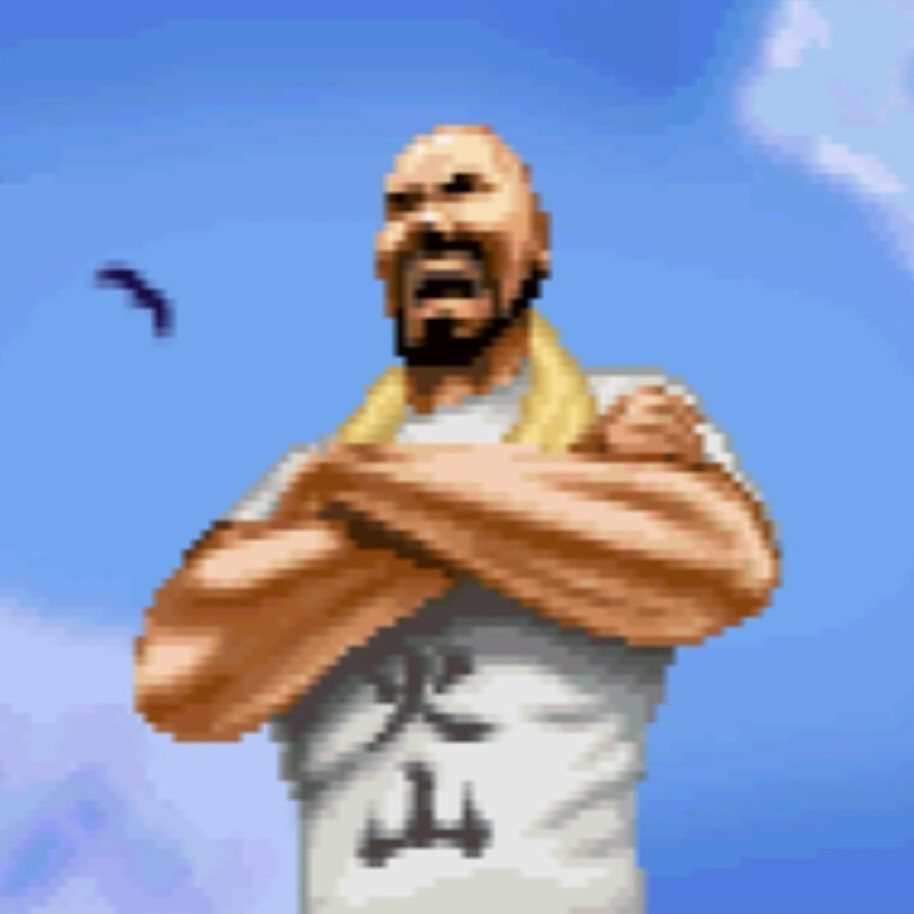

He was originally discovered by Rikidozan (Mitsuhiro Momota), the father of Japanese Pro Wrestling, in 1962, and became an apprentice of Antonio Inoki after his death in 1963. He initially fought under Rikidozan’s promotion, Japan Wrestling Association, and he was shipped to the USA in 1967 to fight under the NWA as part of the Yamaha Brothers tag team, alongside Kantaro Hoshino.
When Inoki was kicked out of JWA, Yamamoto followed him and helped him found New Japan Pro Wrestling. There they would be joined by their teacher, Karl Gotch, with the three of them being credited with developing Japanese Strong Style Wrestling.
His real life history went on to inspire the character of Wakamoto; Rikidozan was renamed as Rikiozan, JWA became Big Japan Wrestling, the Yamaha Brothers became the Honda Brothers (in itself a pun with Yamaha and Honda, two Japanese car manufacturers) and Antonio Inoki also got a mention as the great Victory Musashi.
The promotion that he and Inoki started, where they developed the Strong Style, was renamed as View Japan Pro Wrestling.
The timeline of the game begins in 1984, as Sumisu’s bio on the instruction manual places his birth in 1969, though the passage of time between chapters is undefined and the story plays fast and loose with the real events and people it was inspired by. The real Yamamoto has been retired since 1980; the dojo he ran was affiliated with New Japan (View Japan) Pro Wrestling, while in Champion Road he trains freelancers. That’s when Yamamoto earned his nickname of Demon Sergeant due to his strictness when training young students, with Akira Maeda (Saeba in Champion Road) going as far as to say that the sound of his Cadillac’s engine (as in, knowing that he had arrived at the dojo) was enough to terrify him, a detail that’s directly referenced in the game.
The Wakamoto Special ’78, the move unlocked by Sumisu after defeating his master, seems to be an original variation of the Death Valley Bomb invented for this game; however, it would eventually be used by real life wrestler Kenta Kobashi in 1998 under the name Burning Hammer. I can’t seem to find any evidence that this was ever acknowledged, but later Fire Pro games would feature both moves despite being identical.
The three students that accosted Sumisu during his time at Wakamoto’s dojo, The Underground, The Spike and Dick Road, were inspired respectively by The Undertaker, Sting and Ravishing Rick Rude.
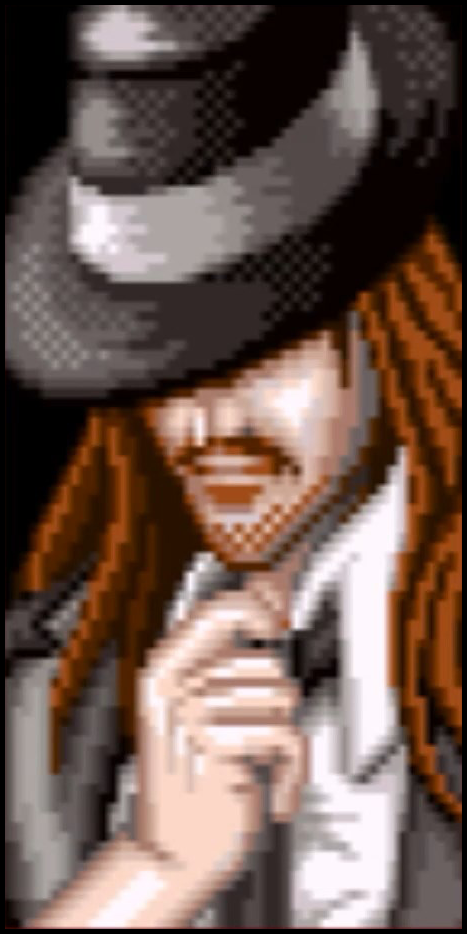
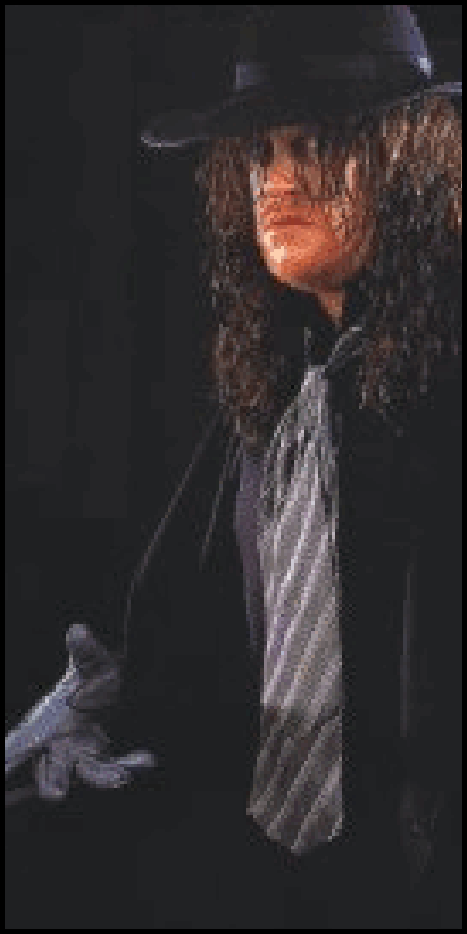
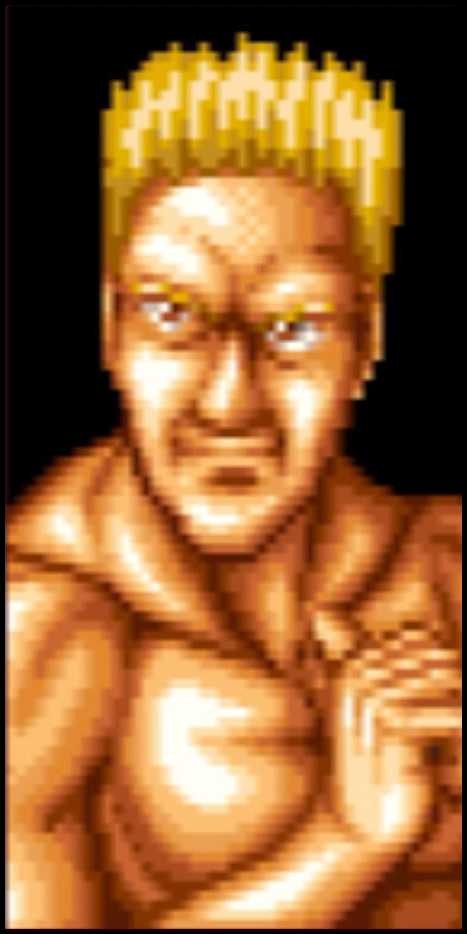
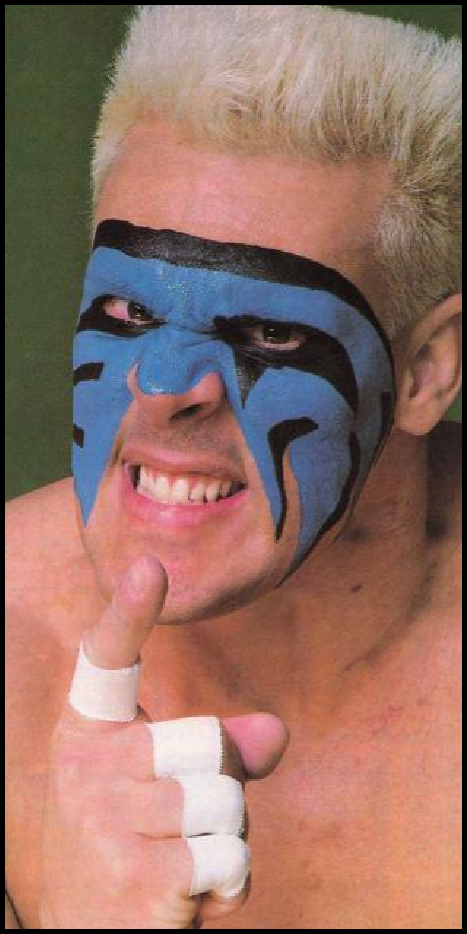
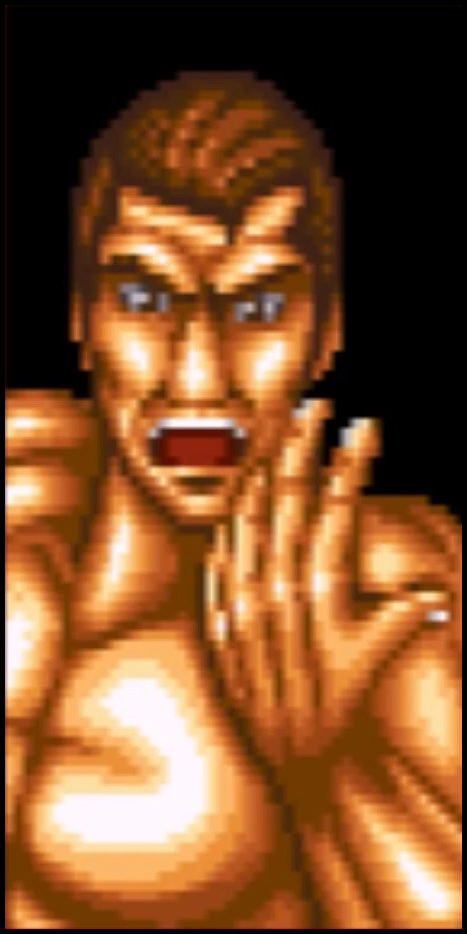
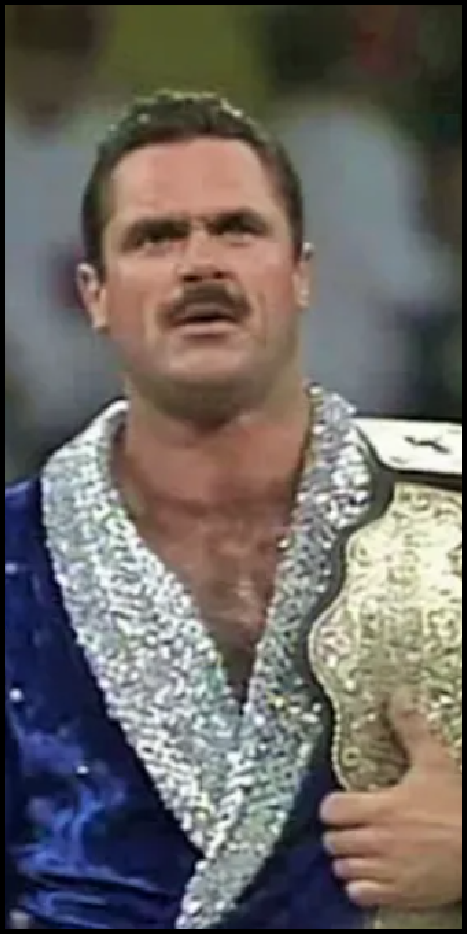
In reality, all three of these wrestlers began their careers in the United States during the ’80s, rather than being trainees of Kotetsu Yamamoto. All three of them, however, had brief stints in Japan between 1989 and 1990 with New Japan and All Japan Pro Wrestling, which is how they were known to Japanese audiences. The Underground’s gimmick is based on Mark William Calaway’s persona of a wild west Undertaker, which he adopted in 1990 after returning from Japan while working under Vince McMahon. The Spike is based on Sting’s surfer persona from the 90s, while “Ravishing” Rick Rude’s gimmick was posing his toned body for the female audience, declaring himself the sexiest man alive.
The three promotions that Sumisu can choose, Olive Japan Pro Wrestling, View Japan Pro Wrestling and UWH, are based respectively on All Japan Pro Wrestling, New Japan Pro Wrestling and UWF.
All Japan was led by Giant Baba (Great Shiba), who co-founded it with Mitsuo and Yoshihiro Momota. New Japan Pro Wrestling was founded by Antonio Inoki (Victory Musashi) after being kicked out of Japan Wrestling Association, while UWH is actually based on the second iteration of UWF, founded by Akira Maeda (Saeba) and others after several incidents and his well documented animosity towards Inoki led to Maeda’s departure from NJPW.
